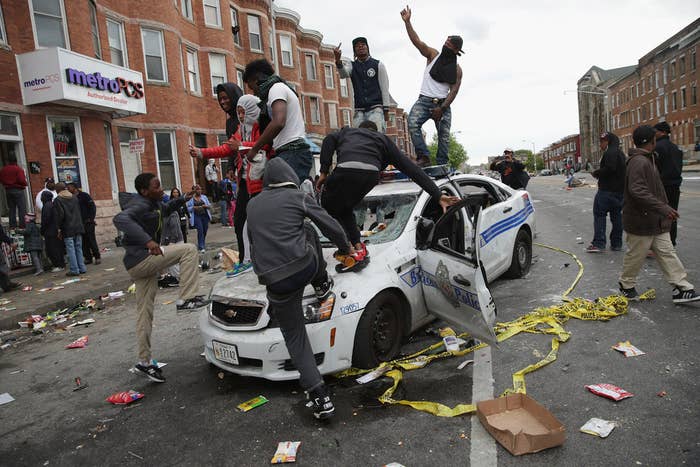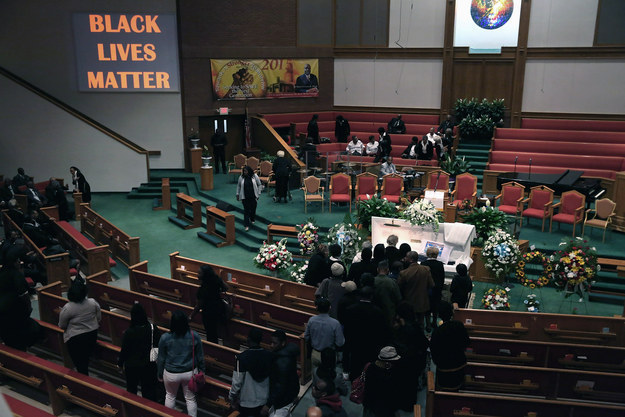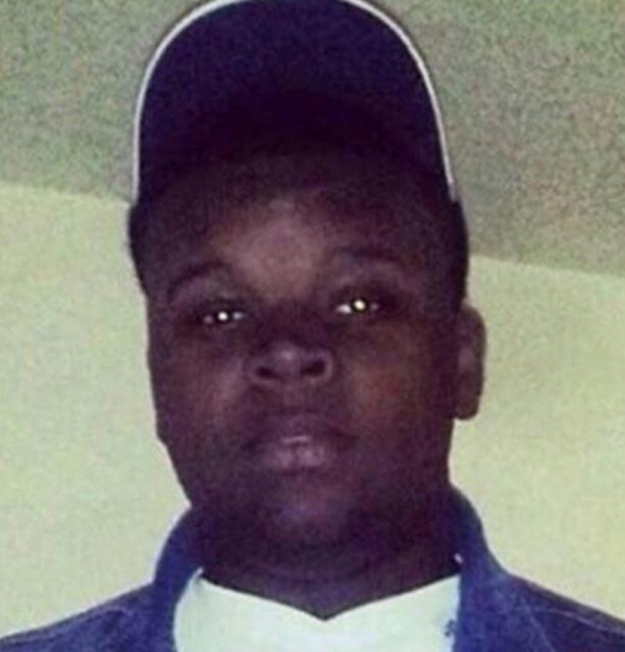Riots erupted in the U.S. city of Baltimore on Monday after the funeral of Freddie Gray, a 25-year-old black man who died April 19 after being injured in police custody.

Baltimore is a majority black, high-poverty city about an hour's drive from Washington, D.C.
It's the largest city in Maryland and has a slightly smaller population than the U.S. capital, around 622,000. Close to two-thirds of Baltimore's residents are black. Nearly a quarter of the city lives below the poverty line, compared to a little more than 15% of Americans nationwide.
The popular HBO crime drama The Wire was set there, and Baltimore's violent crime rate is one of the highest in the country, according to FBI statistics.
As of Tuesday night, authorities had arrested more than 230 people. At least 20 officers were also injured, and 144 cars and 15 structures were set on fire. Local shops were burned and looted.

It was the worst unrest Baltimore had seen since the riots after the assassination of civil rights leader Dr. Martin Luther King Jr. in 1968.

After King's death, mass protests took place across the U.S., with anger spilling into violent riots that ravaged Baltimore, D.C., Chicago, and other cities.
The Baltimore riots, though, were among the worst in the country, leaving six people dead, hundreds injured, and about a thousand small businesses damaged or destroyed. Maryland's governor at the time called in the National Guard, the U.S. reserve military force, to maintain order.
On Monday night, Maryland Gov. Larry Hogan activated the National Guard again to help police the city for the first time since 1968.
Gray died a week after he suffered a major spinal cord injury while in Baltimore police custody.

The U.S. Department of Justice opened a civil rights investigation into the case, although police said there was no evidence that force was used against Gray.
He is one of several black men to die in police custody or confrontations with the police across the U.S. this past year.
Freddie Gray as a child. Mourners continue to file past the casket. Service is supposed to start at 11am...
In July, Eric Garner, who suffered from asthma, choked to death when he was detained by New York police.
#NeverForget RT @TheBlackVoice: We want JUSTICE for Eric Garner. #FightForEric
The episode was caught on video in which Garner can clearly be heard saying, "I can't breathe."
Michael Brown, an unarmed 18-year-old, was shot by a white police officer in Ferguson, Missouri, on Aug. 9.

The deaths have contributed to growing national outrage over police violence.
Cities that had protests on Dec. 4, 2014.
Mass protests took place across the U.S. in December after a grand jury cleared the officer who applied the chokehold to Garner of any wrongdoing. Demonstrators marched under the slogans "We Can't Breathe" and "Black Lives Matter."
There were other Freddie Grays, Michael Browns, and Eric Garners. BuzzFeed News compiled a list of 11 unarmed victims killed by police in 2014, but it's hard to tell how many more are out there.

In Baltimore, long-standing tensions between the public and the police have stoked the violence.
Baltimore's policing tactics had been under scrutiny before Gray's death. A Baltimore Sun investigation published in September found the city paid out $5.7 million in settlements and court judgements in police misconduct suits since the beginning of 2011.
"This ain't about Freddie Gray," one resident told BuzzFeed News Reporter Joel Anderson, who noted that the hopelessness of many young protesters "arose from frustration with a system that they believe has consigned them to police brutality, poverty, and even poorer prospects."

U.S. President Obama said Tuesday that "if our society really wanted to solve the problem, we could."
It's just it would require everybody saying this is important, this is significant, and that we don't just pay attention to these communities when a CVS [pharmacy] burns and we don't just pay attention when a young man gets shot or has his spine snapped.
We're paying attention all the time because we consider those kids our kids and we think they're important and they shouldn't be living in poverty and violence.
